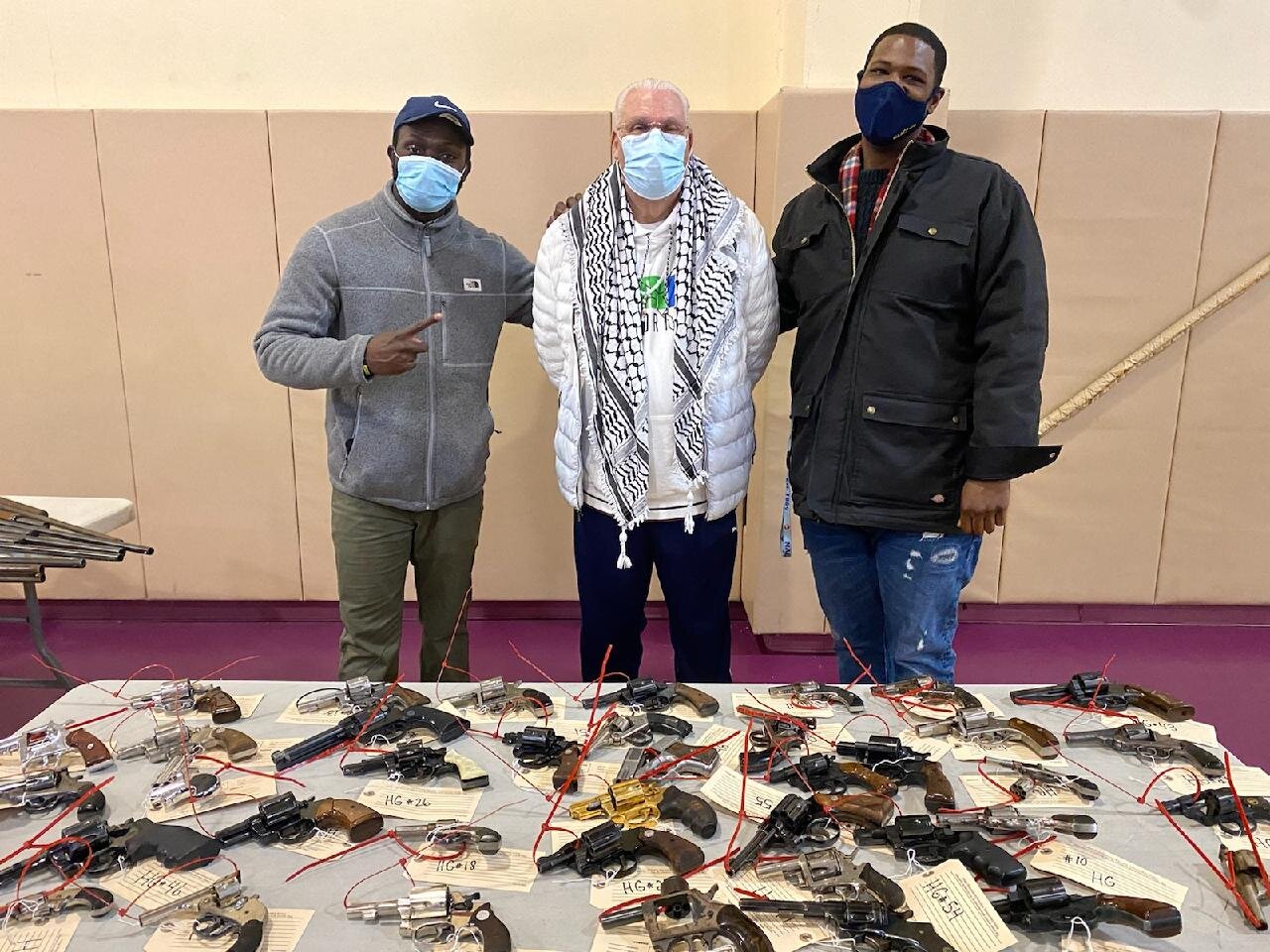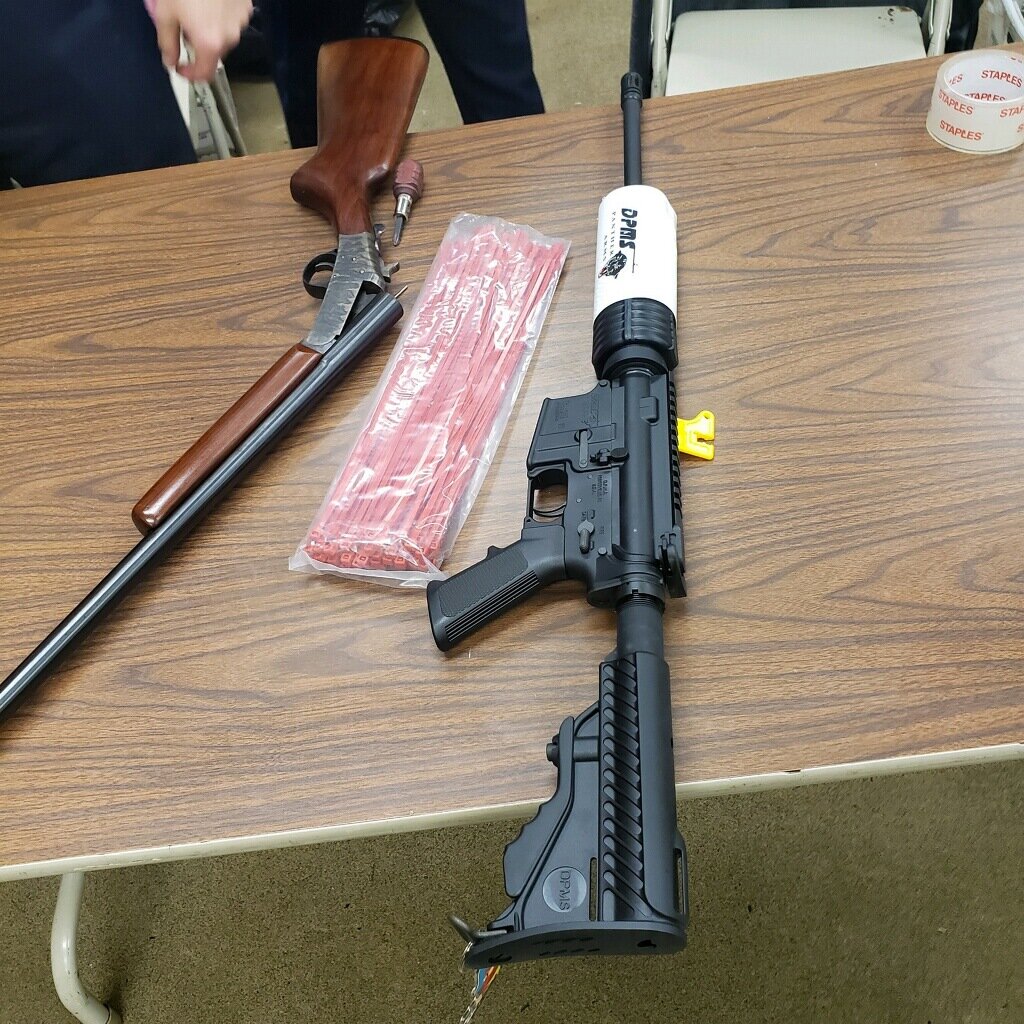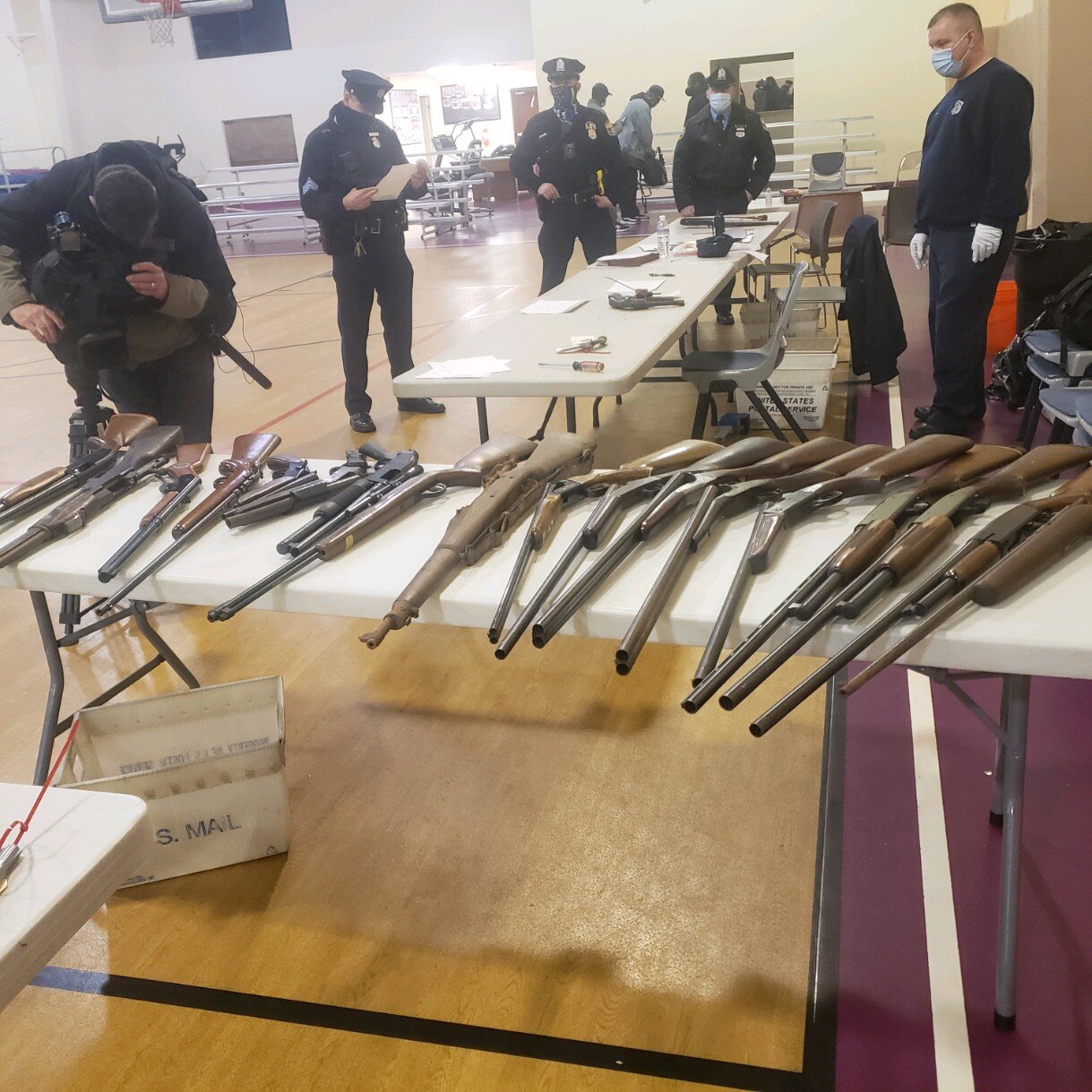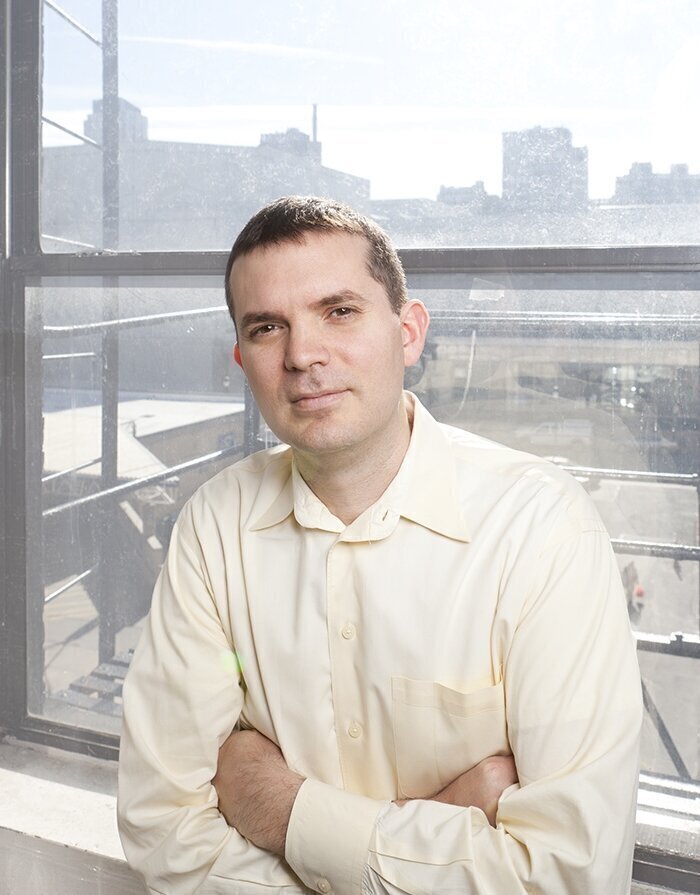Within the first three months of 2021, Philadelphia has recorded more than 100 homicides—a figure up 32% as of this same time last year.
The city has also seen almost 400 shootings. The majority of people being shot are young, Black men—85% of Philly’s gun violence victims are Black and 60% are under the age of 30. Pockets of the city are experiencing an alarming number of shootings. The Port Richmond neighborhood in North Philly is averaging a shooting nearly every other day. Poorer neighborhoods are experiencing worse and worse gun violence as the avalanching effects of the coronavirus pandemic lingers on.
American gun violence is a multifaceted cultural issue that has been a sore source of discussion for decades. The solution to the gun violence epidemic remains unfound, but there is one sure fire way to get some guns off the street, buy them back.
Nearly every Democratic presidential candidate supported voluntary gun buyback programs as a method of curbing gun violence in America, including now President Joe Biden.

“Buy back the assault weapons and high-capacity magazines already in our communities,” is one of many bullet points listed on Biden’s campaign site. In Philadelphia, Bilal Qayyum is one of many working on doing just that.
Qayyum has organized gun buyback programs in North, South, West, and Northwest Philly retrieving 381 guns in 2021 so far. Qayyum is the president of the Fathers Day Rally Committee, a group he helped found in 1989 that works to address Philadelphia’s crime problem and push back against negative media images surrounding Black and Latino fathers.
According to Qayyum, “The gun buyback is about trying to keep guns off the streets.”
But while gun buyback programs have been in Philadelphia since the 1960s, the efficiency of these programs have been a subject of great discussion among the communities they take place in.
Gun violence activist and artist Ant Brown doubts the ability of buy backs to affect his community. “I think it’s a good try. We’ve been doing it a long time; but personally I don’t know if it’s working,” Ant says. He expressed that he’s never met anyone who’s turned a gun in. “The youth doesn’t turn guns in,” he says.
Skepticism about the usefulness of gun buyback programs has also come from experts. Violence prevention researchers deemed gun buybacks inefficient in the 1990s. However, as recently as 2019 researchers updated their stance on gun buybacks, stating that they “should be included in broader violence reduction strategies.”
Still, the city’s process for setting up such events is not quite streamlined.
Despite their decades-long presence in Philadelphia, there is no formal procedure, forms, or paperwork involved in creating a gun buyback.
“There’s not currently a form online. The best way to do it would be for an organizer to contact their captain or community relations team at the patrol district in which they reside,” explains Philadelphia police captain Frank Palumbo.
When asked if the city would operate its own gun buyback programs, managing director Tumar Alexander says that he plans to leave it up to private groups, specifically naming the success of Fathers Day Rally Committee.
For those interested in establishing a local gun buyback program, the process begins with engaging your local police captain and ends with Palumbo establishing a team to facilitate the actual event.
“That captain would get the details, gain approval from his or her bosses [and then] it would eventually come to my bosses and back to me,” Palumbo explains..
Qayyum explains that partnering with local businesses and entrepreneurs to provide worthwhile exchanges for firearms is a vital part of the process. Vouchers, cash, and gift cards are all tried and true ways to encourage people to give up their guns.
Qayyum mentions that there are multiple donors to their buyback effort including; the Greenfield Foundation, ShopRite owner Jeff Brown, and anonymous donors.
During a gun buyback at the end of, Qayyum partnered with Jeff’s’s chain of grocery stores to provide $100 ShopRite gift cards in exchange for firearms.
After the guns are collected, rumors and conspiracy surround the management of firearms taken under police custody.
Qayyum, Palumbo, and Ant all acknowledged the rumor that guns retrieved during gun buyback programs end up back on the street.
“There are all types of rumors and conspiracy theories,” says Quyyam.
When the police retrieve firearms via the gun buyback program, they are tested for safety as well as potential connections to outstanding cases.
“The guns are all checked to see if they’re stolen or to see if there’s any evidence that they could be possibly connected to another crime. Basically, the majority of the guns that we receive are eventually incinerated,” says Palumbo, explaining that a judge signs off on the incineration and the police department’s internal affairs bureau monitors the destruction process.
Under Title 18, Chapter 61 of the Pennsylvania General Assembly Statute for law enforcement, “firearms, weapons or ammunition that cannot lawfully be sold to a federally licensed firearms dealer in this Commonwealth shall be destroyed.”
Palumbo reiterates: “We’re not in the gun business. That would contradict the entire purpose of it… No gun or gun part has ever been sold by the city of Philadelphia and none will ever be. It’s contrary to our belief and our philosophy.”
The specifics of where and when these guns are destroyed remains undisclosed. For safety purposes, the Philadelphia Police declined to share their incineration location or photos or videos of the firearms being destroyed.
Guns are destroyed “three or four times a year.” according to Palumbo, but some guns stay in police custody longer than others depending on their evidentiary value.
Once it’s time for their destruction, hundreds of guns are escorted to the private incineration site. Chief inspector Michael Cochrane of the Philadelphia Police told Grid, “They go onto a conveyor belt. Go high into the air. It tilts and drops them all in. They all get burned.”
The guns collected by Qayyum this calendar year are yet to be destroyed, but police told Grid that they would update us when the guns are incinerated.
To Ant, the answer to gun violence is far more complex than buying back weapons.
“We can have these meetings about gun violence, or a mass locking up. It doesn’t matter—there will still be gun violence,” he says. “We gotta change a generation’s mind.”
One report published in the journal for Trauma and Acute Care Surgery seems to agree. It states gun buybacks are “solely one prong of a multipronged approach in reducing firearm-based interpersonal violence.”
The report adds that buybacks are often about optics.
“Given the empirical evidence, police agencies may use gun buyback programs not with the expectation of reducing violent crime, but to satisfy the public’s expectations,” it reads.
While the jury remains out on buybacks’ effectiveness, Ant highlights a long term approach to reducing Philadelphia’s gun violence. One he thinks will work: “funding inner-city education.”
“We need to do something for results,” he says. “Creativity and innovation will save us.”













Statistics don’t lie. Buybacks only help with a small portion of gun removals. Funding programs only help so far also. Strict laws for crimes committed with no reduced bail would put a clearer fear into young minds, along with emphasis on morals and personal responsibilities in every household. Traditional and evolved good parenting will always be the key. Until everyone recognizes this, crime rates will not significantly go down. It doesn’t take a community to raise a child, it takes committed parents/caretakers to do their obligated jobs.
Censorship is alive and well at Grid City
Comments are screened for spam before being approved.